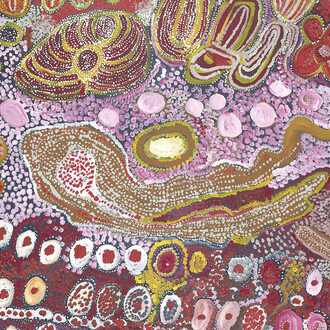Known for its brilliant colors and its delicate, velvety texture, pastel is one of the most versatile and beautiful materials in the history of art. Artists have found innumerable ways to use it, from glowing portraits in the eighteenth century to the shimmering landscapes of the impressionists, to the abstract compositions of the twentieth century. Fabricated from a paste of pigment, white opaque filler, and binder, shaped into sticks and dried, pastel is an almost endlessly adaptable medium: it can be used wet or dry, by drawing directly with the intact stick, or by grinding it to a powder and applying it with a brush.
Featuring 64 exquisite examples drawn entirely from the permanent collection, The Touch of Color: Pastels at the National Gallery of Art traces the history of pastel from the Renaissance to the 21st century and examines the many techniques that artists have developed to work with this colorful medium. Included are drawings by eighteenth-century virtuosos such as Rosalba Carriera and Jean-Étienne Liotard; innovative works by Edgar Degas, James McNeill Whistler, and others whose experiments and technical skills revived interest in the medium in the nineteenth century; and rare examples by artists who only took up pastels on occasion, among them Henri Matisse and Roy Lichtenstein. Because pastel is such a fragile medium, these works have seldom, if ever, been exhibited. The Touch of Color will be on view at the National Gallery of Art from September 29, 2019, through January 26, 2020.
















